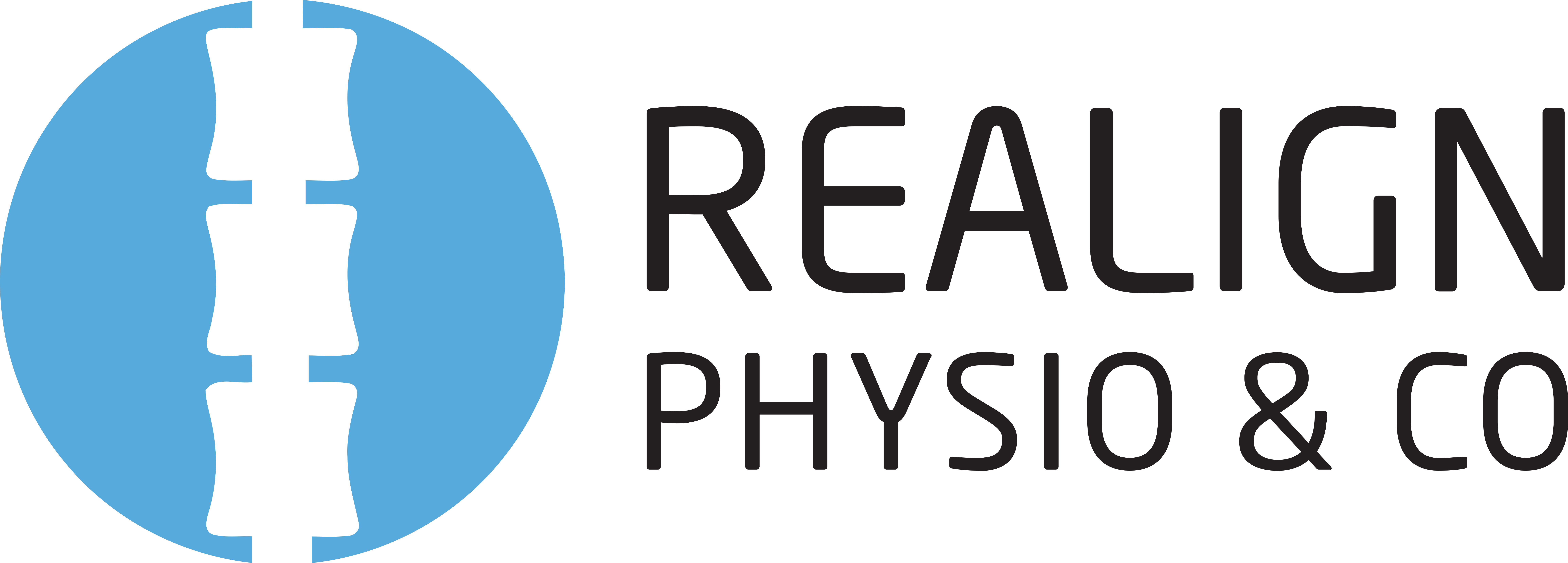Enhancing Mobility and Quality of Life with Parkinson's PhysiotherapyPhysiotherapy for Parkinson’s Disease: Enhancing Mobility and Quality of Life

April is Parkinson’s Awareness Month, with World Parkinson’s Day on April 11th—a time to raise awareness and highlight the importance of early intervention and effective management strategies. Parkinson’s disease is a progressive neurological condition that affects movement, balance, and coordination. While there is no cure, physiotherapy plays a crucial role in managing symptoms and improving the overall quality of life for individuals with Parkinson’s.
How Does Physiotherapy Help?
Physiotherapy is essential in maintaining mobility, preventing falls, and enhancing daily function.
It focuses on:
- Improving Balance and Coordination – Parkinson’s can cause postural instability, making individuals more prone to falls. Physiotherapists use exercises that enhance balance and spatial awareness.
- Increasing Mobility and Flexibility – Stiffness and rigidity are common symptoms. Stretching and mobility exercises help maintain movement and reduce discomfort.
- Strength and Endurance – Muscle weakness can develop over time. Strength training and aerobic exercises boost endurance and overall physical function.
- Gait Re-training – Parkinson’s affects walking patterns, often leading to shuffling steps. Physiotherapy incorporates techniques to encourage longer strides and better posture.
- Cueing Strategies and Functional Training – Physiotherapists use external cues (like rhythmic auditory stimulation or visual markers) to help patients with movement initiation and coordination.
Common Physiotherapy Techniques for Parkinson’s
Several evidence-based approaches are effective for Parkinson’s patients:
PD Warrior – is an exercise-based rehabilitation program designed specifically for people with Parkinson’s disease. It focuses on neuroplasticity principles to slow disease progression and improve function.
Balance and Resistance Training – Incorporates stability exercises, core strengthening, and resistance workouts to enhance physical capabilities.
Functional Task Practice – Exercises that mimic daily activities, such as getting up from a chair or walking on different surfaces, to improve independence.
When to See a Physiotherapist?
It’s never too early to start physiotherapy. Early intervention can help slow the progression of movement difficulties and allow individuals to maintain independence for longer. If you or a loved one has Parkinson’s and is experiencing stiffness, balance issues, or difficulty walking, consulting a physiotherapist can provide tailored strategies to manage symptoms effectively.
Final Thoughts
Physiotherapy is a key component of Parkinson’s care, offering tools to improve mobility, strength, and confidence in movement. With the right exercises and support, individuals can stay active and maintain their quality of life.
At Realign Physio & Co, we offer personalised physiotherapy sessions to support your journey with Parkinson’s. We are also planning to introduce group classes focused on Parkinson’s and other neurological conditions. Ask our team for more information.
Pilates History and MarchMatness

The History of Pilates
Pilates is more than just an exercise method—it’s a practice with a rich history and a global following. Understanding its origins provides insight into its lasting impact on health and movement.
The Origins of Pilates
Joseph Pilates, the creator of the Pilates method, was born in Germany in 1883. As a child, he suffered from various health conditions, including asthma and rickets. Determined to strengthen his body, he studied a range of physical disciplines, including gymnastics, yoga, and martial arts.
During World War I, Pilates was interned in England, where he refined his training techniques, helping fellow internees improve their strength and mobility. This period was instrumental in the development of his Contrology method, which later became known as Pilates. After the war, he moved to the United States and, with his wife Clara, opened a studio in New York City in the 1920s. His method gained popularity among dancers, athletes, and those seeking rehabilitation from injuries.
The Development of the Pilates Method
Joseph Pilates’ approach to exercise was centered on the idea that physical and mental health are deeply interconnected. He believed in training the body through controlled and precise movements, emphasizing core strength, flexibility, and breathing.
Pilates developed a series of exercises that could be performed both on the mat and using specialised equipment, such as the Reformer and Cadillac. His method was particularly embraced by the dance community, as it helped improve alignment, strength, and injury prevention. Over time, Pilates expanded beyond dance and was adopted by athletes, rehabilitation professionals, and fitness enthusiasts worldwide.
The Evolution and Global Influence of Pilates
Following Joseph Pilates’ passing in 1967, his students, known as the “Pilates Elders,” continued to teach and expand upon his method. As the practice grew in popularity, different styles and variations emerged, ranging from classical Pilates, which stays true to the original teachings, to contemporary adaptations incorporating modern biomechanics and rehabilitation techniques.
Today, Pilates is practiced globally in studios, gyms, and rehabilitation centers. Its benefits are widely recognised for improving posture, core stability, flexibility, and overall well-being. Despite its evolution, the core principles of Pilates — control, concentration, precision, breath, flow, and centering — remain the foundation of its practice.
March MATness: A Celebration of Pilates History
One of the ways the Pilates community honors its history is through March MATness, an annual event that celebrates the original 34 mat exercises designed by Joseph Pilates. Started in 2013 by Pilates instructor Benjamin Degenhardt, March MATness encourages practitioners around the world to revisit and share these foundational exercises throughout the month of March.
Each day in March, participants focus on a different mat exercise, sharing insights, modifications, and experiences through social media and local Pilates communities. This movement not only spreads awareness of the method but also deepens appreciation for its origins and principles.
Experience Pilates at Realign Physio & Co
At Realign Physio & Co, we honor the legacy of Joseph Pilates by offering expert-led classes that help you build strength, flexibility, and coordination. Whether you’re a beginner looking to explore the fundamentals or an experienced seeking to refine your technique, our sessions cater to all levels.

Recent Comments